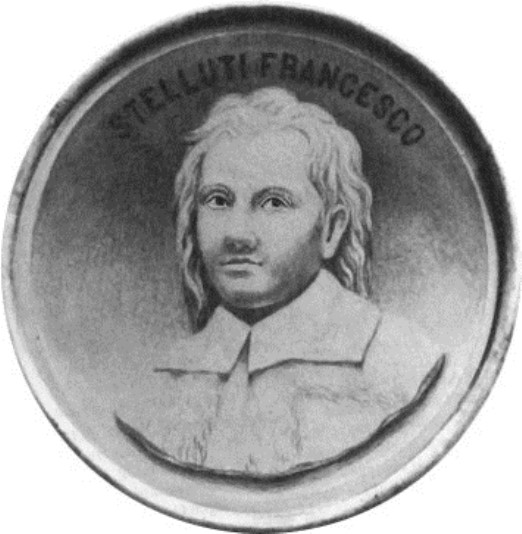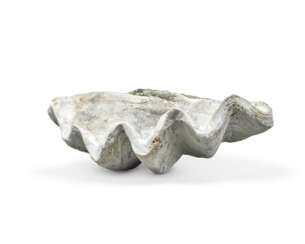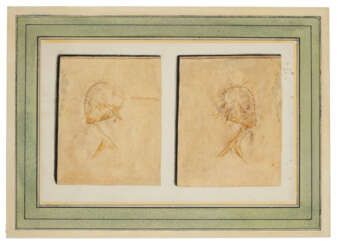670 Items by auctions and galleries:
fossiles
Lot 258 KLEIN, Jakob Theodor (1685-1759) - Ordre naturel des oursins de mer et fossiles, avec des observations sur les piquans des oursins de mer, et quelques remarques sur les bélemnites. Paris: Jean Baptiste Claude Bauche, 1754.
Books and Manuscripts 

Il Ponte Casa d'Aste
Books and Manuscripts
Date: 26.01.2021 15:00 UTC +01:00
Number of lots in the catalog: 131
Lot 49 Trattato del legno fossile minerale nuovamente scoperto nel quale brevemente si accenna la varia, & mutabil natura di detto legno
Francesco Stelluti (1577 - 1652)  Fine Printed Books and Manuscripts including Americana
Fine Printed Books and Manuscripts including Americana 

Francesco Stelluti
12.01.1577 - November 1652

CHRISTIE'S
Fine Printed Books and Manuscripts including Americana
Date: 02.02.2024 10:00 UTC -05:00
Number of lots in the catalog: 248
Lot 75 Trattato del legno fossile minerale nuovamente scoperto nel quale brevemente si accenna la varia, & mutabil natura di detto legno
Fine Printed Books and Manuscripts including Americana 

CHRISTIE'S
Fine Printed Books and Manuscripts including Americana
Date: 16.10.2025 10:00 UTC +00:00
Number of lots in the catalog: 160
Lot 63 Fossil paintings from Solnhofen
Georg Wolfgang Knorr (1705 - 1761)  Fine Printed Books and Manuscripts including Americana
Fine Printed Books and Manuscripts including Americana 

Georg Wolfgang Knorr
30.12.1705 - 17.09.1761
Georg Wolfgang Knorr was a German engraver, naturalist, and one of the first paleontologists of the 18th century.
Knorr was first apprenticed to his father as a lathe operator, and at the age of eighteen became a copper engraver for Leongard Blank, working with Martin Tiroff on the illustrations for Jacob Scheuchzer's Physica Sacra (1731). This work and his acquaintance with J.A. Beurer, a mineralogist and correspondent of the Royal Society, awakened Knorr's interest in natural history.
In the 1750s Knorr began publishing his own sumptuous folios. One of the most beautiful books of the eighteenth century is devoted to sea shells.

CHRISTIE'S
Fine Printed Books and Manuscripts including Americana
Date: 27.06.2024 00:00 UTC +00:00
Number of lots in the catalog: 172
Lot 529 A RARE CHINESE ENAMELED IMITATION FOSSILIZED STONE PEACH-SHAPED BOX AND COVER
The Ann & Gordon Getty Collection: Volume 4 | Chinese Works of Art, English and European Furniture and Decorative Arts, Day Sale 

CHRISTIE'S
The Ann & Gordon Getty Collection: Volume 4 | Chinese Works of Art, English and European Furniture and Decorative Arts, Day Sale
Date: 23.10.2022 10:00 UTC -05:00
Number of lots in the catalog: 178
Lot 1698 Anhänger mit fossilem Ammonit
Auction of art, antiquities, Varia, and highly important Meissen porcelain collection, part II 

Auktionshaus Bossard Im Rittergut am Barockschloss Lichtenwalde
Auction of art, antiquities, Varia, and highly important Meissen porcelain collection, part II
Date: 20.01.2018 11:00 UTC +01:00
Number of lots in the catalog: 1655












































































